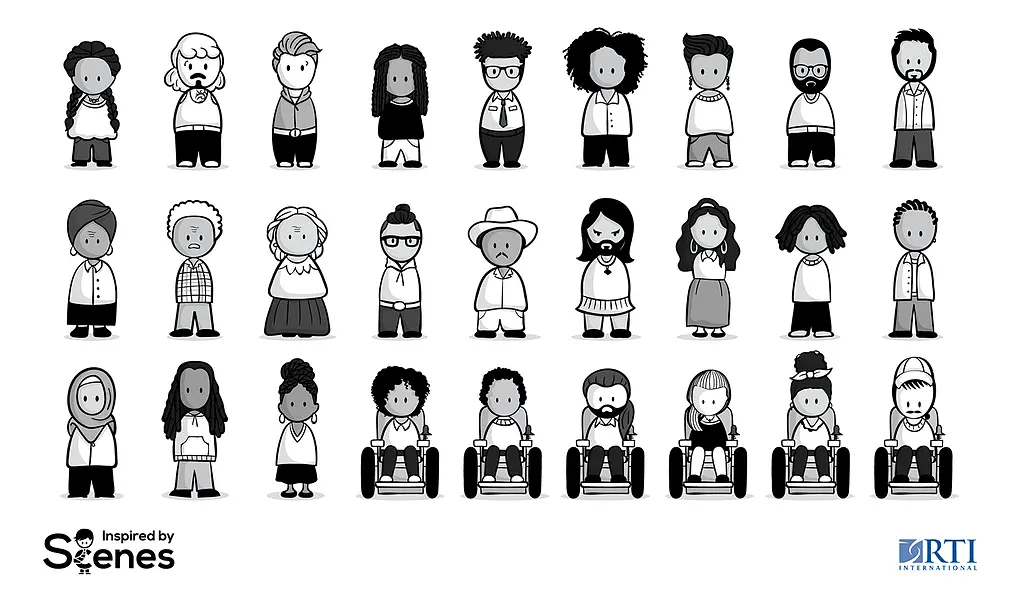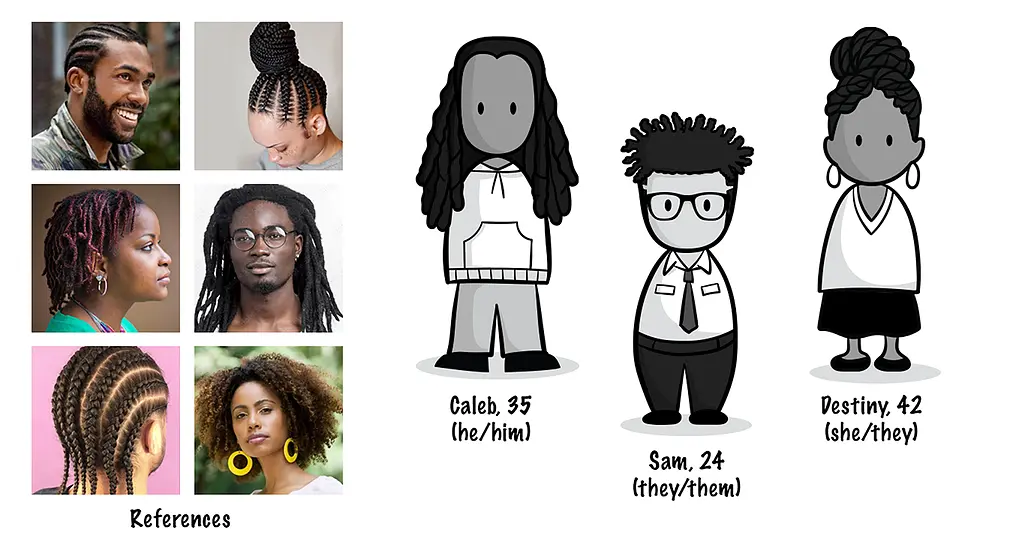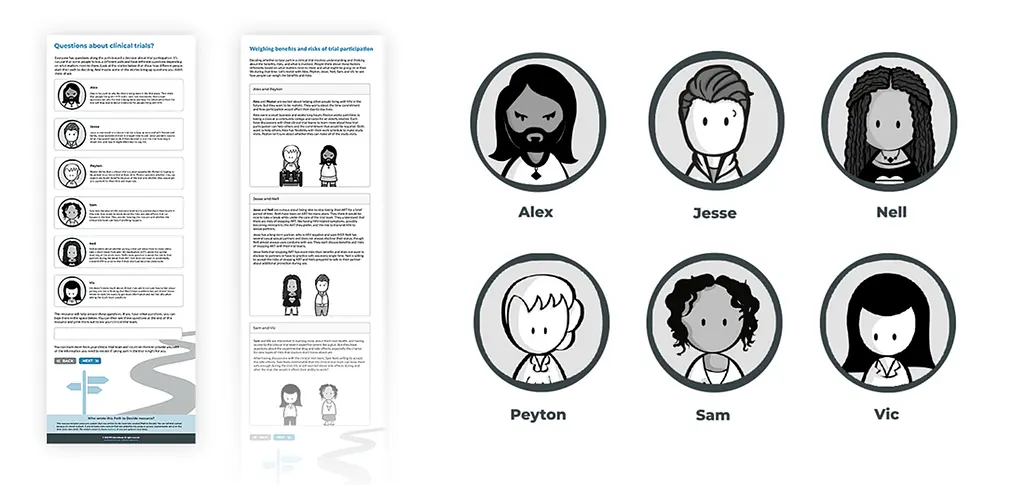This piece was first published on the SAP Community blog. Authors Julia Chistiakova, Christopher Johns, Amy Sanders, Megan Lewis, Jennifer Uhrig are members of the RTI International All of Us Innovator Team.
RTI International is an independent nonprofit research institute dedicated to improving the human condition. We are committed to applying principles of equity, diversity, inclusion, and belonging across every function of our organization and in our research process.
Our approach to developing digital solutions is equity-centered, culturally responsive, and evidence-based. Our co-creation process engages the people our solutions are being developed for throughout research, design, delivery, and evaluation, drawing on principles from human-centered design and developmental evaluation. Co-creation and user testing is central to our approach because centering the voices and lived experiences of community members who have historically been excluded from the research process is essential — innovation, creativity, and progress are best achieved when we include diversity of thought, perspectives, and experiences.
We use the SAP Scenes storyboarding tools to develop visual concept cards that represent the digital product ideas that emerge from our co-creation process. Then, we get feedback on the idea cards from community members during user testing. The visuals that Scenes allows us to create helps us rapidly align and iterate on our concepts.
One challenge our team faced was that the existing Scenes portfolio did not include characters that are culturally responsive to community members who collaborate with us, and for whom the digital products are being developed. To address this challenge, we collaborated with community members and multicultural communication experts at RTI to create a diversity and inclusion add-on to the SAP Scenes library. The diversity and inclusion add-on features characters who represent members of the Hispanic or Latino, African American, and LGBTQIA+ communities and their intersections.

Snapshot of the 27 new characters included in RTI’s diversity and inclusion add-on for Scenes, representing diversity in race and ethnicity, age, ability, and body type.
Multicultural communication experts at RTI, who are also members of these communities, helped establish a reference library and provided creative direction to our artists who designed the new characters.
“We made design choices that would help the characters be seen as authentic representations of members of these communities, including a diverse range of hair textures and skin tones,” said Dr. Sula Hood, a Senior Research Scientist at RTI and one of the multicultural communication experts who advised and tested characters for the African American community. “For example, hair is a part of one’s identity in our community and it can vary widely—from tight coils to loose curls.”

Reference images were collected for each community represented in the add-on and used to inspire character designs.
We use Scenes in our work as an Engagement and Innovator Awardee for the National Institutes of Health’s All of Us Research Program (Award Number: OT2OD028395), an ambitious effort to gather health data from one million or more people living in the United States to accelerate research that may improve health. We used characters from the diversity and inclusion add-on in idea cards developed during the co-creation and user testing phase, which enabled individuals to see their community represented in the potential digital solutions.

An example idea card for a potential digital product co-created with members of the LGBTQIA+ community. To reflect diversity in gender expression, RTI uses pronouns alongside the characters in our prototype idea cards using Scenes.
For the National Institutes of Health’s Decision Support for Early Phase HIV Remission Trials project (Grant Number: R34-MH123328), we used characters from the add-on in mockups for a decision aid prototype for people living with HIV. Having access to the new characters enabled our team to develop a more culturally responsive mockup that better represented the diversity of people living with HIV.

Screenshots of a decision aid prototype that uses characters from the diversity and inclusion add-on developed by RTI.
Advancing equity, diversity, inclusion and belonging is a core focus of the work that RTI International contributes to the digital space. We are proud to apply this focus in our designs by creating diverse, inclusive, and culturally responsive characters.
You can download the Scenes Diversity and Inclusion add-on by RTI International from the Scenes website.
“All of Us” and the All of Us logo are registered service marks of the U.S. Department of Health and Human Services.